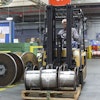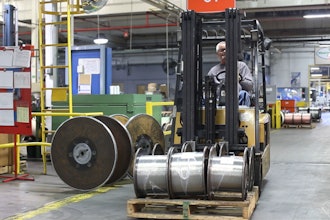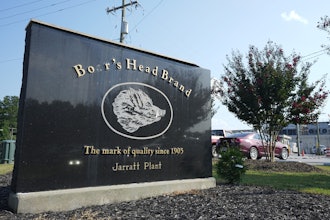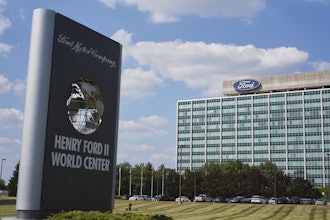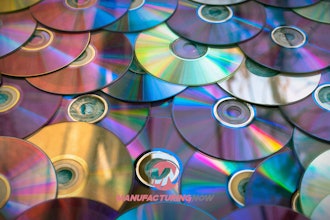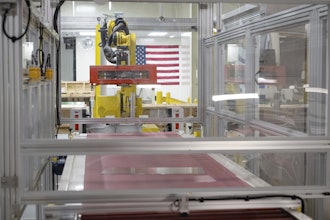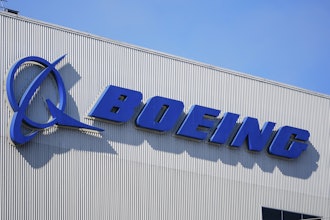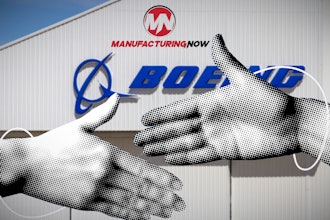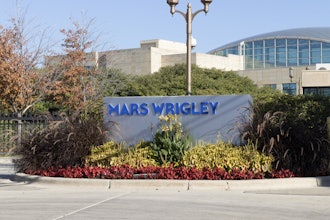Growing pains. That phrase aptly describes what can happen in business when a company expands its operation.
If you want to grow in the food manufacturing business you will, at some point, have to expand your production/processing facilities. That may mean building a new state-of-the-art plant or undertaking a multi-million-dollar expansion of an existing facility.
Construction or major expansion is usually the biggest single financial risk a company can take. Think about your own company. How much money would it require to expand your production capacity by 50 percent? How much to build an entirely new manufacturing facility? Depending on the current size of your company, the cost could be anywhere from $5 million to $50 million or more. That's a lot of risk.
Making big financing decisions involves more than just an examination of sales projections and balance sheets. Expansion and risk management are highly complex issues. There are often "hidden costs" associated with expansion, and there is a transition period where sales may not keep up with increased production costs. There will likely be tax implications and there is always the chance of an unexpected future contingency that could stunt your sales.
With all that in mind, taking on large-scale debt may seem too scary to think about. Fortunately, expansion debt can be managed in such a way that the risks are reduced. It starts with good, sound professional advice.
Generally, there are two important issues to address when you consider financing a large debt. They are (a) cash flow and (b) lender compatibility, and the two are interrelated.
Cash flow, which is always important, becomes even more vital after you've taken on debt to expand your operation. The temptation when structuring a financing deal is to spend a portion of your company's operating cash to get the project completed. That's risky because of all the things that can happen after expansion, such as higher taxes or unplanned expenses.
This is why lender compatibility is essential. Most food manufacturers already have a relationship with a local or regional bank. The local bank, however, is probably not well suited for financing deals of $10 million or more. Also, bankers may not be familiar with all of the expenses and contingencies associated with installing modern food production lines. If your loan doesn't cover these unforeseen costs, the money may come out of your operating cash later.
Working with the right lender can resolve cash flow issues and help you in numerous other ways. Here are a few:
Loan-to-value ratios
How much of your project is the lender willing to finance? Some lenders will finance only 60-80 percent of the project cost. Other lenders will finance up to 100 percent of equipment costs and 85 percent on real estate. A higher loan-to-value ratio means you spend less of your own money on the project and save your operating cash for routine day-to-day expenses.
Single-source "turn-key" financing
It's often not a good idea to finance equipment with one company and real estate with another. The two lenders may fight over collateral. A single-source financing partner solves the problem. Working with one lender also reduces the paperwork and time required to close the deal.
Understanding "soft costs"
There may be numerous costs associated with plant expansion or construction. A lender must be aware of installation costs, fabrication expenses, employee training, and the various fees and taxes that a new facility may incur. A lender with food manufacturing experience will account for these soft costs in your financing package. This will help save operating capital and improve cash flow.
Creative financing options
A traditional loan may not be the best solution to your financing needs. Perhaps a lease would better suit your situation. There are several leasing options. One example is a "synthetic lease" for equipment. A synthetic lease appears as an operating expense on your books but is a capital expense for tax purposes. It provides the tax benefits of having the equipment but the debt is off your balance sheet. This is just one of many leasing options an experienced lender can provide.
Financing flexibility
Banks are regulated by the Federal Trade Commission, so they have less flexibility to re-negotiate your financing package if your company hits hard times. Lenders like GE and others are not as restricted and have the flexibility to restructure your financing if necessary, an important peace-of-mind issue.
Lines of credit
A good lending partner can meet all the financial needs associated with your business growth. This includes establishing a line of credit should you need additional funding after expansion. Any lender offering "turn key" services should be willing to extend you a line of credit if necessary.
Consultation
Sure, every lending institution offers some level of consultation, but how knowledgeable are they? Do they really understand the cyclicality of the food industry? Can they explain a net-loss tax carry forward? Can they accurately value the equipment and installation costs your expansion requires? Food manufacturing experience can be worth a great deal in a financing partner.
Every company wants to grow, but growing can be risky if poor financing choices are made. A company can significantly reduce risk by choosing the right financing partner - one who can help your company navigate a minefield of difficult decisions and avoid unnecessary growing pains.
